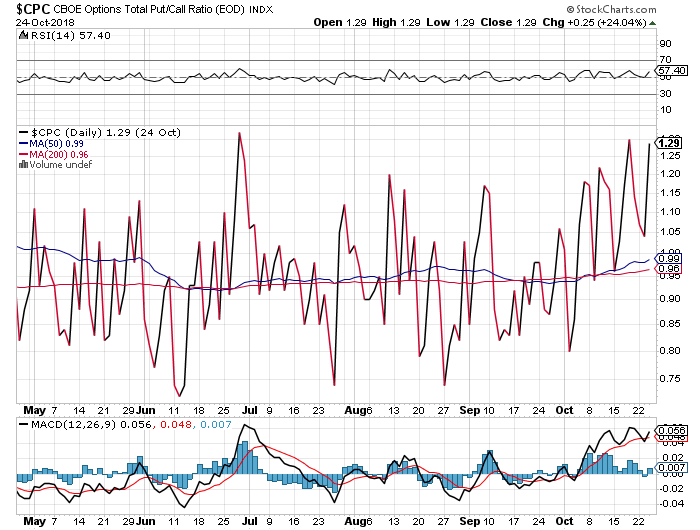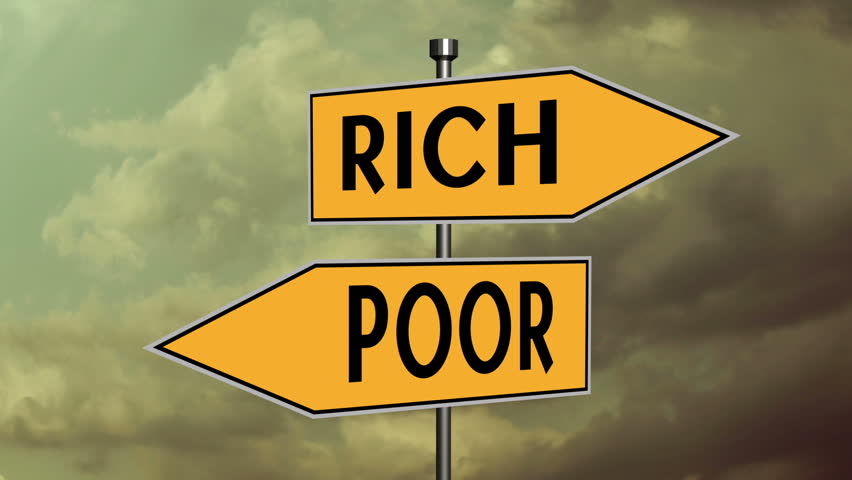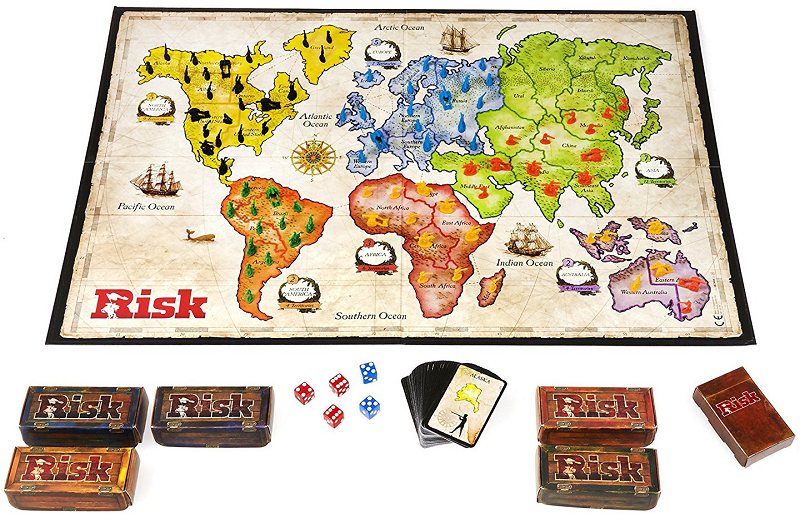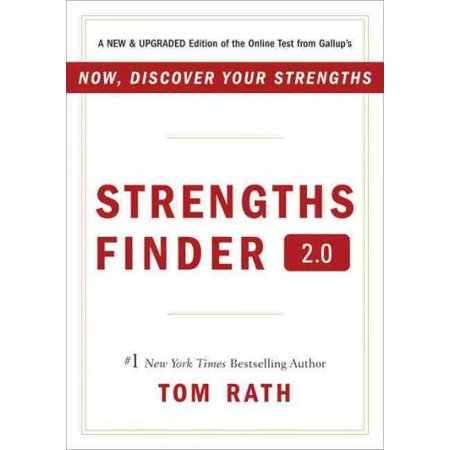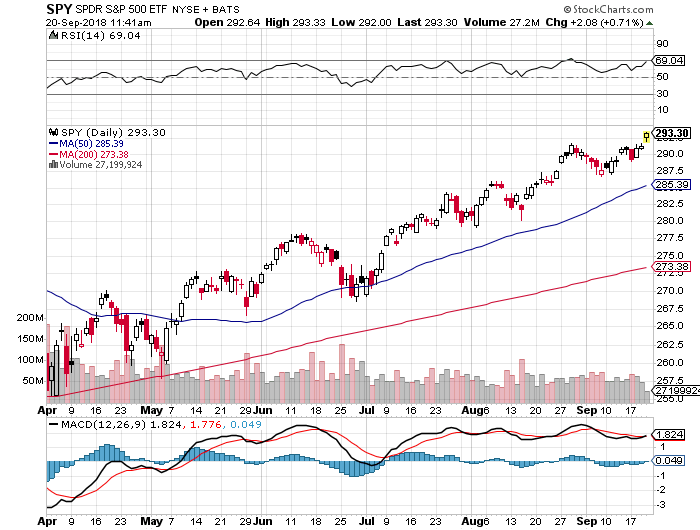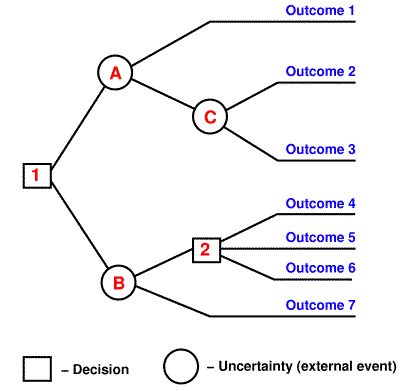It is currently Open Enrollment for Medicare plans for those 65 years old and over. Although most of my readers aren’t yet 65, some are, and some will be soon. Like everything else, costs are going up. No surprise there. Although Part A is “free”, Part B costs money based on your income, and Part C costs whatever your insurer says it costs. One recent story said it can cost $20,000 per year per person for Medicare, which is probably in the ballpark. The story went on to say some retirees are more afraid of what their health care will cost than what they will spend elsewhere in retirement.

Young Enough To Save
If you are still working and not yet of Medicare age (65), the time to worry about Medicare costs is now. Why save all of the worry until you actually retire when you can start worrying now? The younger you start saving, the more money you will have in retirement.
HSA
One strategy for saving for future Medicare costs is through a Health Savings Account, or HSA. The IRS says you can have an HSA only if you have a “high deductible” health insurance plan. As it is almost time for Open Enrollment for regular health insurance, you can see which plans are designated as “high deductible” and which are not. Most high deductible plans are Bronze plans. You cannot set up and contribute to an HSA unless you have a high deductible health care plan.
Your Money
The good news is that money you contribute to an HSA but that you don’t use during that calendar year is still your money. This is unlike Flexible Spending Plans, which are actually deductions from salary that are “use it or lose it” for each calendar year. Any money you don’t use in an HSA, you can save for next year…or for many years down the road,.
Use an HSA to Save for Medicare Costs
What I am suggesting is the following course of action:
- Enroll in a high deductible plan and open and contribute to an HSA. For 2019, individuals can contribute up to $3,500 and families up to $7,000. Some employers will also match a portion of your contributions, so look for this in your benefits package.
- Don’t withdraw money from your HSA during the current year. Instead, let the money sit there and plan to use it when you retire. It is like an IRA – earnings grow tax-free, and withdrawals are tax-free as long as they are for qualified medical expenses, including Medicare premiums.
- Instead, pay your current year medical deductibles out-of-pocket. This will hurt at the outset of your plan year until you meet your deductible, then it will normalize. The problem is, most workers’ take-home pay is lower earlier in the year because of Social Security taxes and perhaps also 401k contributions, so it is a big hit while you are also paying for higher medical deductibles at the same time. However, this is short-term pain that will be worth it as your HSA builds.
How Much Can You Save?
Let’s say you start an HSA at age 55 (and I am suggesting you get started earlier). If you save the maximum $7,000 per joint return for 10 years until you are Medicare-eligible, and you can earn 2% on it, using my financial calculator, you will save $76,648 in 10 years. Although it is probably not enough to pay your Medicare premiums in full for the rest of your life, at least it will be a start. Much better than no medical savings at all. Again, withdrawals from the HSA to pay for Medicare costs will be tax-free to you.
IMO
This is another way for me to tell you to eat your vegetables, but for those that just go to work every day, it is a good long term strategy for saving for retirement expenses and for limiting your taxes.

